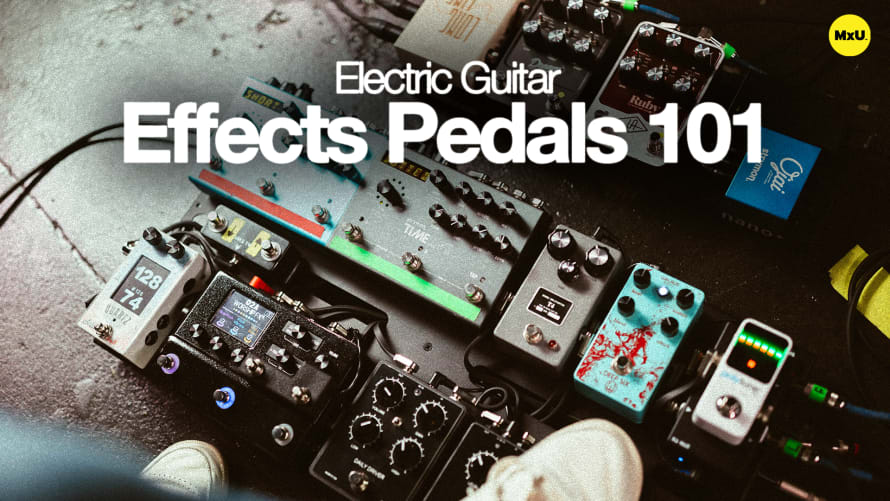
Premium
Sign up to watch PA Tuning Basics and gain access to 500+ more Premium MxU videos.
Team
$99 .95
Per month, billed monthly.
For worship & tech teams
$83 .29
Per month, billed yearly.
For worship & tech teams
- Full course & video library
- Add your team
- Assign training
- Automated training workflows
- Create your own courses & videos
- Multi-campus support
- Organize with groups
Solo
$19 .95
Per month, billed monthly.
Just you, full content library
$16 .63
Per month, billed yearly.
Just you, full content library
- 889+ training videos
- Full course & video library
- Add your team
- Workflows, assignments, create courses & videos
More Premium Videos
PA Tuning Basics
No actions available
After the initial assessment of the venue, and the plan is set in stone, next comes unloading and setting up the equipment to ensure a good sound. Using software tools for sound analysis is a key part of this, specifically using Smaart. Joe Henson and Jeff Sandstrom discuss a real world application for Smaart and how it’s used in various scenarios.
Setup and Sound Check
After the trucks are unloaded and the PA is set up, the first task is to make sure everything works as expected. Then, it’s on to setting up the signal paths. A line array should be seen as one source, not many multiple speakers. This mindset sets the stage for precise tuning. Set up microphones in key positions to measure and tune the PA’s sound correctly.
Smaart for Tuning
Joe utilizes Smaart, from Rational Acoustics, for real-time sound analysis. This tool helps him adjust the timing and EQ of the PA by analyzing sound from different microphones placed throughout the venue. It’s important to make informed adjustments by using Smaart to visualize what you’re hearing as you tune the PA. This is done to achieve the desired sound across the venue.
Integrating Subs with Mains
A significant part of setting up the PA is adjusting the low frequencies. Reducing these lower frequencies in the main array is made up for by letting the subs come in and handle those. This ensures a balanced sound. Using EQ to reduce low-end build-up in the main PA is key. When doing this, however, it’s important to also make sure the main PA and the subs are in time with each other.
Topics
Categories
Audio
201
Premium Videos
Nothing added









